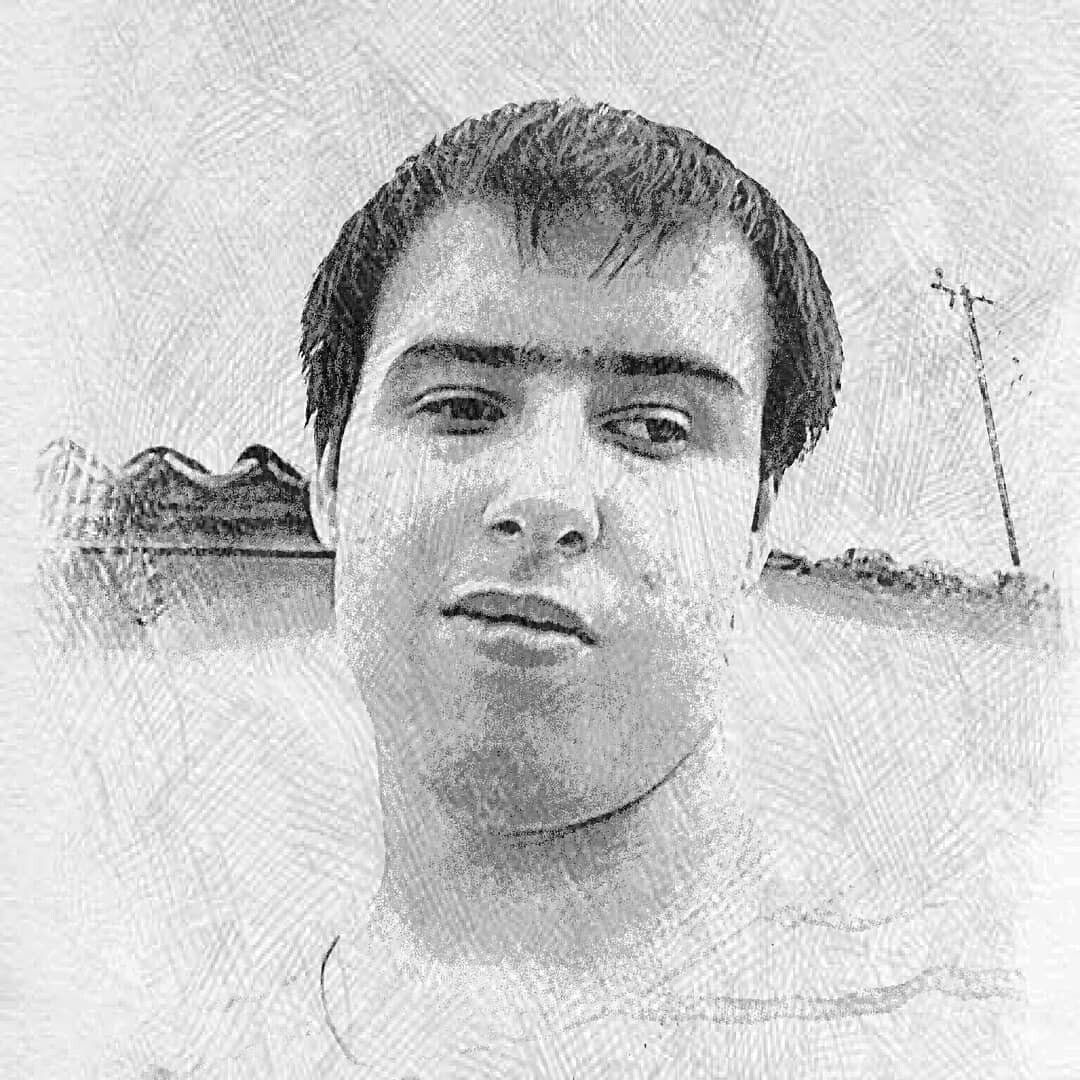The relationship between religiousness and mental health has long been a subject of debate among researchers, with particular interest in its potential effects on depressive symptoms among the elderly. This study, conducted by Lore Van Herreweghe and Wim Van Lancker, sheds new light on this complex relationship by examining the longitudinal effects of both public and private religiousness on depressive symptoms among older Europeans. Given the aging population and the significant public health impact of depression in old age, these findings hold crucial relevance for both scientific understanding and public policy.
Depression among the elderly is a growing concern worldwide, as it significantly impacts quality of life and overall health outcomes. The authors leverage data from the Survey of Health, Ageing and Retirement in Europe (SHARE), a comprehensive dataset that provides insights into the socio-economic and health status of individuals aged 50 and older across 19 European countries. This study focuses on participants aged 65 and older, aiming to unravel the effects of religious behavior on depressive symptoms over time, while rigorously controlling for potential confounders.
The study distinguishes between public religious involvement, such as participating in religious organizations, and private religious practice, like personal prayer. These dimensions are explored to determine their distinct impacts on depressive symptoms. Interestingly, findings reveal a nuanced picture: while private religious practices like frequent prayer are associated with higher depressive symptoms, participating in religious organizations shows mixed results. Initially, public religious involvement appears to correlate with fewer depressive symptoms, but this protective effect diminishes when controlling for various confounders.
One key aspect of this research is its longitudinal design, which allows for the examination of changes within individuals over time, rather than just cross-sectional snapshots. This approach helps address issues of reverse causality and selection effects that often plague studies in this field. For instance, the study finds that while individuals who pray more frequently tend to have higher levels of depressive symptoms, this is likely due to a selection effect where those experiencing depression may turn to prayer more often as a coping mechanism.
The findings have significant implications for understanding the role of religiousness in mental health among the elderly. They challenge the straightforward assumption that religious involvement is universally beneficial for mental health. Instead, the effects of religious behavior on depression are complex and context-dependent. For policymakers and practitioners, this suggests a need for a more nuanced approach when considering the integration of religious practices into mental health interventions for older adults.
The methods used in the study are robust, leveraging both random and fixed-effects models to tease out the effects of religious behavior on depressive symptoms. Random effects models allow the researchers to assess the impact of variables that change over time, while fixed-effects models control for unmeasured, time-invariant individual characteristics. This dual approach helps ensure the findings are not biased by unobserved confounders, providing a clearer picture of the true relationship between religiousness and depression.
Data was meticulously collected and analyzed, with a sample that included 7,719 individuals aged 65 and older from 11 countries. Rigorous controls were implemented to account for socio-demographic characteristics, physical health, history of depression, and other potential confounders. By doing so, the study provides a comprehensive view of how different aspects of religiousness impact mental health in later life, highlighting the importance of considering both public and private dimensions of religious behavior.
The findings indicate that merely participating in religious activities may not be sufficient to benefit from the social support offered by religious organizations. Instead, the internalization of religious meanings and values seems crucial. This underscores the importance of distinguishing between different types of religious involvement and their unique effects on mental health. Policymakers should be cautious in promoting religious participation as a one-size-fits-all solution for depression among the elderly.
While the study provides valuable insights, it also acknowledges limitations. Despite controlling for numerous variables, the possibility of residual confounding cannot be entirely ruled out. Additionally, the reliance on self-reported data for both religious behavior and depressive symptoms may introduce some bias. Future research could benefit from more objective measures and exploring other dimensions of religiousness, such as spiritual struggles or intrinsic religiosity.
The study's historical context is also worth noting. The relationship between religiousness and mental health has been explored in various cultural settings, with mixed results. For instance, previous research in the United States has often shown protective effects of religious involvement on depression, whereas the findings from this European sample suggest a more complex picture. This points to the need for culturally sensitive approaches when studying and applying these findings to different populations.
In conclusion, while this study challenges some conventional wisdom about the benefits of religious involvement for mental health, it opens up new avenues for understanding the intricate ways in which religious behavior interacts with depressive symptoms. For older adults and those involved in their care, recognizing the diverse impacts of different types of religious participation can lead to more tailored and effective mental health strategies. Further research in this area holds the promise of deeper insights and more nuanced interventions that respect the complex realities of individual religious experiences.
- 0
- 0
- 0
- 0
- 0
- 0
- 0
- 0
- 0
- 0
- 0
- 0
Evrim Ağacı'na her ay sadece 1 kahve ısmarlayarak destek olmak ister misiniz?
Şu iki siteden birini kullanarak şimdi destek olabilirsiniz:
kreosus.com/evrimagaci | patreon.com/evrimagaci
Çıktı Bilgisi: Bu sayfa, Evrim Ağacı yazdırma aracı kullanılarak 21/12/2025 16:59:21 tarihinde oluşturulmuştur. Evrim Ağacı'ndaki içeriklerin tamamı, birden fazla editör tarafından, durmaksızın elden geçirilmekte, güncellenmekte ve geliştirilmektedir. Dolayısıyla bu çıktının alındığı tarihten sonra yapılan güncellemeleri görmek ve bu içeriğin en güncel halini okumak için lütfen şu adrese gidiniz: https://evrimagaci.org/s/17720
İçerik Kullanım İzinleri: Evrim Ağacı'ndaki yazılı içerikler orijinallerine hiçbir şekilde dokunulmadığı müddetçe izin alınmaksızın paylaşılabilir, kopyalanabilir, yapıştırılabilir, çoğaltılabilir, basılabilir, dağıtılabilir, yayılabilir, alıntılanabilir. Ancak bu içeriklerin hiçbiri izin alınmaksızın değiştirilemez ve değiştirilmiş halleri Evrim Ağacı'na aitmiş gibi sunulamaz. Benzer şekilde, içeriklerin hiçbiri, söz konusu içeriğin açıkça belirtilmiş yazarlarından ve Evrim Ağacı'ndan başkasına aitmiş gibi sunulamaz. Bu sayfa izin alınmaksızın düzenlenemez, Evrim Ağacı logosu, yazar/editör bilgileri ve içeriğin diğer kısımları izin alınmaksızın değiştirilemez veya kaldırılamaz.








